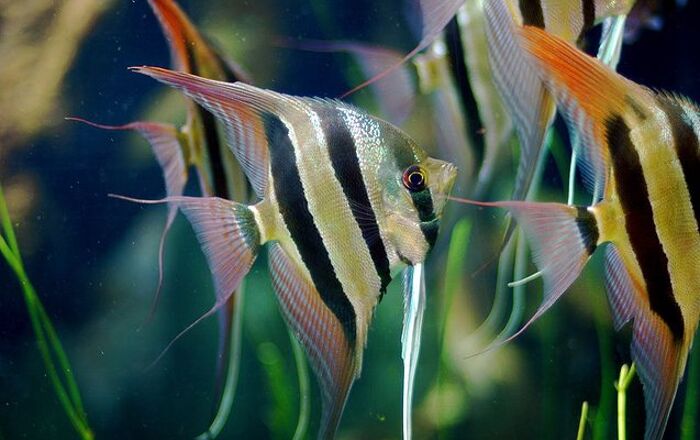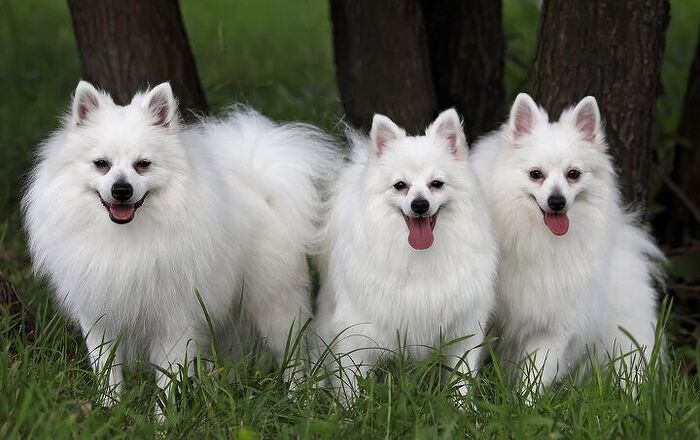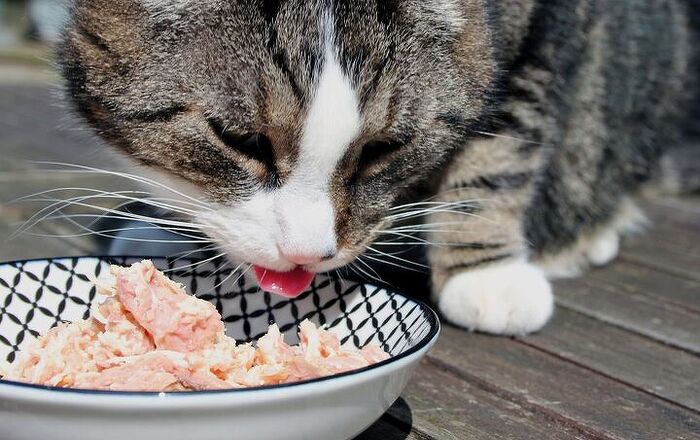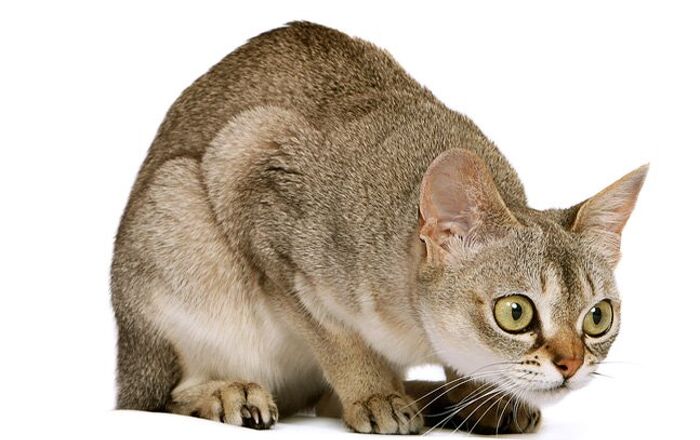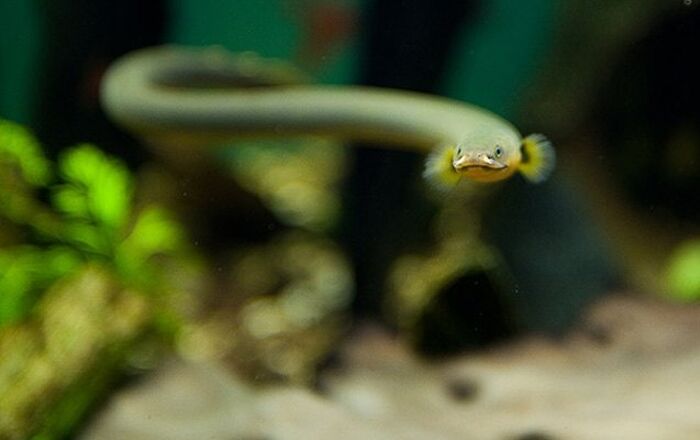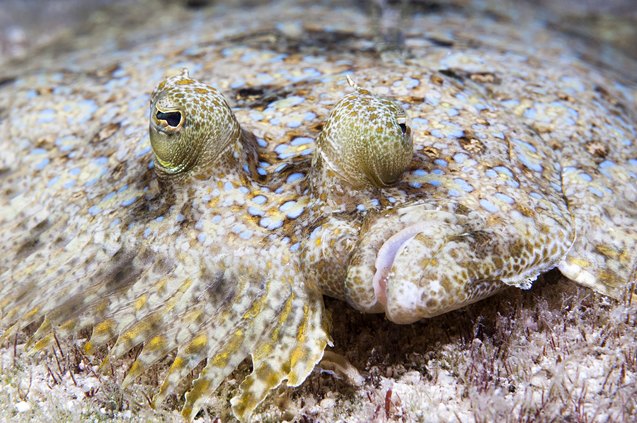
Flounder General Description
The flounder is also known as a flatfish which is a very fitting name because its body is laterally compressed and it lays on its side, often burrowing into the substrate. Flounders have two bubble eyes on one side of their head and it typically feeds by camouflaging itself and lying in wait for prey to come by. For the most part, flounder are semi-aggressive fish and they need to be kept in very large aquariums. Do not keep these fish with any species small enough to be viewed as prey.
The flounder is also known as a flatfish which is a fitting name because its body is laterally compressed and it lays on its side.
Origins
Different species of flounder can be found in oceans all around the world, particularly the Western Atlantic and Northwestern Pacific.
Color
For the most part, flounders are not colorful fish – they are designed to blend into their surroundings in the sandy substrate. Most flounder exhibit combinations of brown, cream, gray, black, or white.
Maintenance and Care
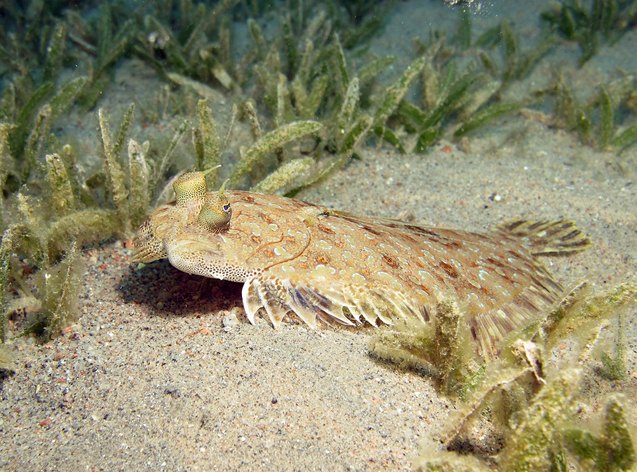
Because most flounder grow upwards of 12 inches in length they require very large tanks, at least 125 gallons in capacity. These fish inhabit the lower level of the tank, often burrowing into the sandy substrate for camouflage. An aquarium should have sand or fine gravel substrate and be sparsely decorated with live rock or hardy corals. In terms of water conditions, flounders prefer, a slightly alkaline pH range between 8.1 and 8.4 is ideal with moderate hardness between 8 and 12 dKH.
Most flounder exhibit combinations of brown, cream, gray, black, or white.
Feeding
Flounders are carnivorous fish, feeding primarily on small fish and crustaceans in the wild. In the home aquarium, flounders should be offered a variety of fresh and frozen meaty foods including worms, shrimp, and small fish.
Also read:
Setting a Schedule for Routine Tank Maintenance
Breeding Info
Most flounder do not reach sexual maturity until they are about 3 years old and the size of each spawn following maturity grows with each year. Young females can produce as many as 500,000 eggs in a single season while an older flounder may produce 4,000,000 eggs or more. During spawning, the female releases the eggs into the water column and they float freely with the current until hatching.
Aquarium Varieties
There are multiple species of marine flounder but some of the most common include the following:
Photo credit: Kelpfish/Bigstock; LDinraths/Bigstock



